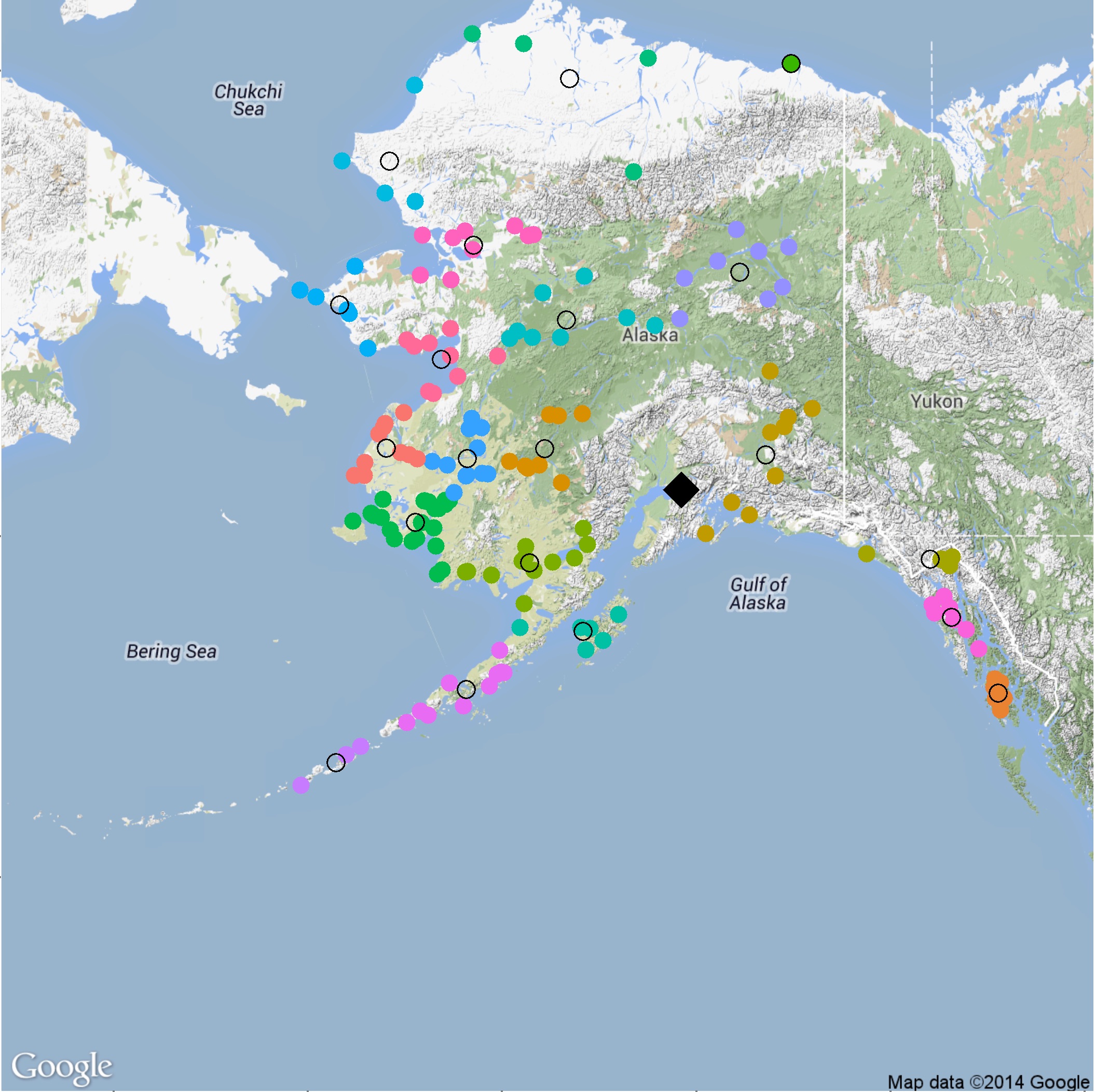Grid Access in Remote Alaska: Evaluating Costs and Benefits
Many remote populations in Alaska are not currently connected to the Railbelt Electric Grid system that links Anchorage and Fairbanks and instead rely on local diesel generation for their electrical power needs. The costs associated with shipping diesel fuel to remote locations means higher operating expenses and an associated price premium. Electricity prices in Alaskan villages have ranged from $0.11 to nearly $2 per kWh, with a median of $0.50/kWh. To assist these customers, the Alaska Energy Authority subsidizes the first 500 kWh of each residential customer’s monthly electricity use through the Power Cost Equalization Program (Alaska Energy Authority, 2013). Some have advocated extending the grid to these communities to increase convenience and reliability, foster economic growth, and perhaps reduce costs (Kohler, 2013), although others doubt the cost-effectiveness of this scheme (AIDEA, 2010).
In this paper, we evaluate the economics of remote grid access more formally by developing an optimization model that can determine the most cost-efficient system for delivering power to a set of remote load centers. Our model accounts for differing generation costs across load centers and supplies and, importantly, allows for consideration of price uncertainty, sensitivity analysis, and scenario analysis to identify counterfactuals that would change the results. This level of understanding is important for arguing either for or against grid extension projects.
Results from our model indicate that connecting rural villages to a central electric grid in Alaska is far too expensive to be justified on economic grounds. In most cases, interties (microgrids connecting villages together without connection to the central state grid) are also not cost-effective. However, our analysis has successfully anticipated some of the cases where such ties are economical and have been built.

